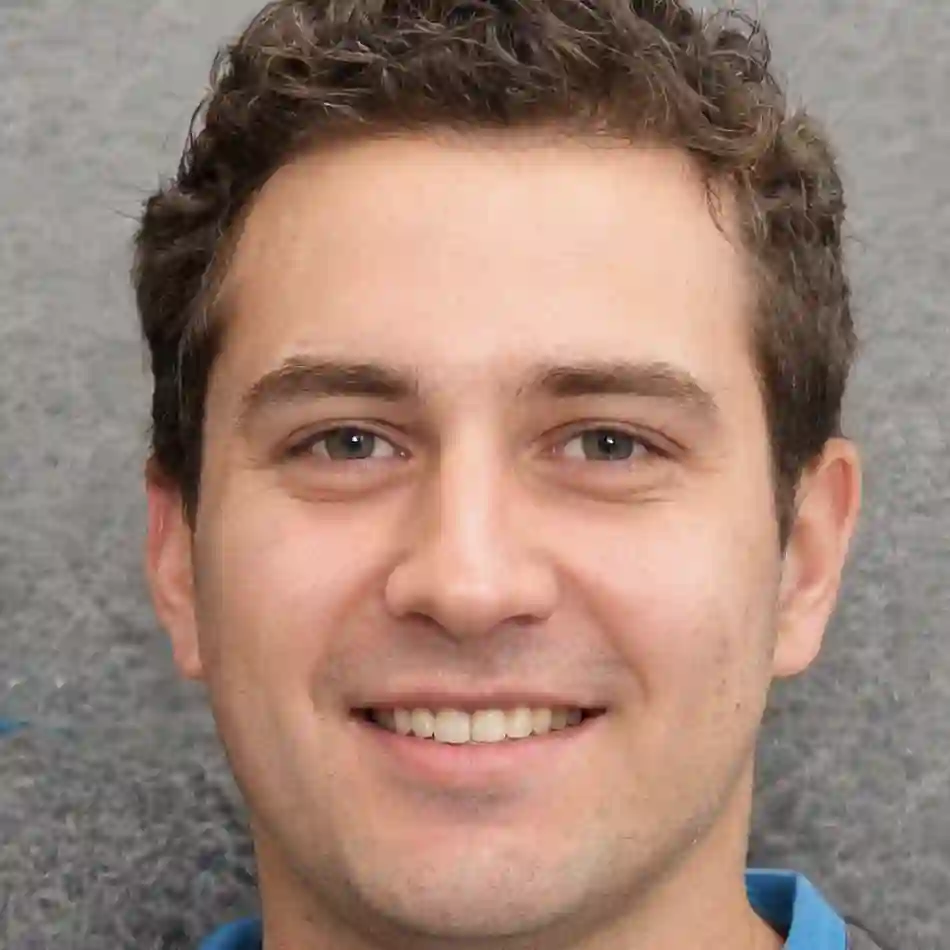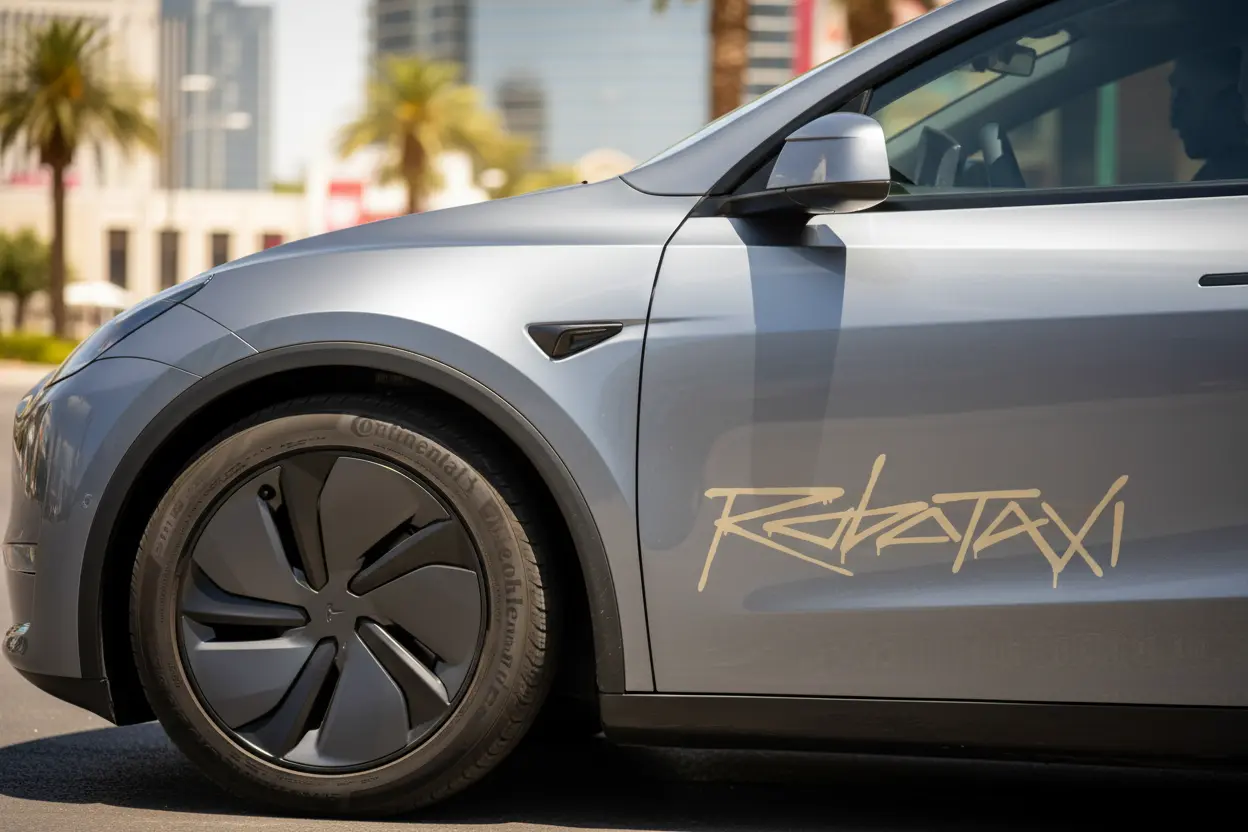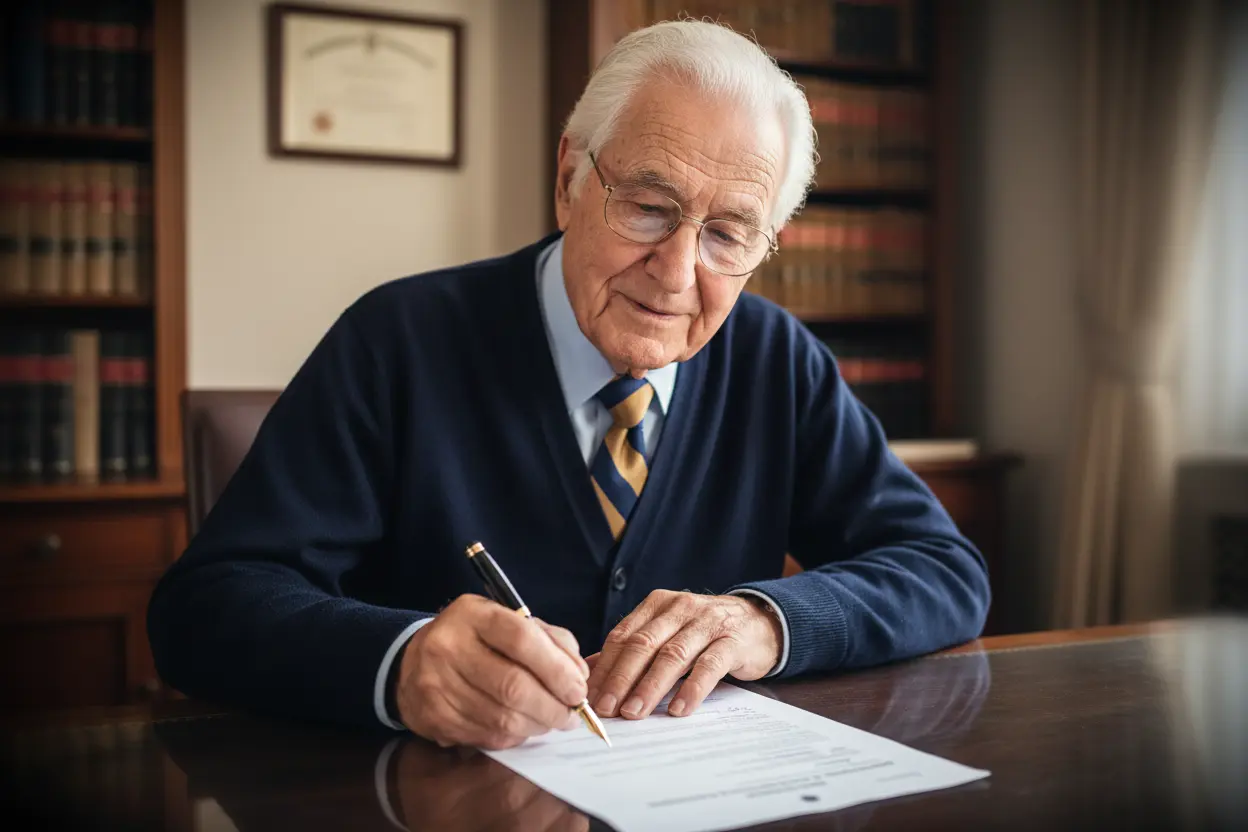Robotaxis in Nevada? Buckle Up—Tesla’s Autonomy Ambitions Just Got a Green Light
Nevada Gives the Nod: Tesla Prepares for Autonomous Testing
The future of ride-hailing might be closer than you think—especially if your daily commute takes you to the neon-glowing streets of Nevada. Tesla, armed with a fresh testing permit from Nevada’s Department of Motor Vehicles, is getting ready to take its autonomous vehicle technology from the drawing board to the pavement. This next step, eagerly spotlighted by Tesla influencer Sawyer Merritt, follows two months after CEO Elon Musk outlined bold plans to take Tesla’s robotaxis far beyond Austin, venturing into new markets hungry for next-gen mobility.
So, what’s actually changing? As of September 3, Tesla submitted its Testing Registry certification, which the DMV’s business licensing team diligently processed. This means Tesla is officially greenlit to start road tests in Nevada. Hailey Foster, a spokesperson for Nevada DMV, explains there’s a catch: while Tesla can test on public roads, putting robotaxis into regular service (as in, letting them pick up and drop off paying passengers on demand) is still off the table. “Tesla will still need to complete the self-certification for operations process to be able to rollout with an entire program, i.e. Robotaxi,” Foster clarified in an email. Good things, it turns out, come to those who wait—and file all the right paperwork.
Musk Sets His Sights High: From Austin Streets to National Ambitions
Tesla’s move into Nevada isn’t just a solo act. During a July earnings call, Musk shared lofty ambitions: “We are expecting to greatly increase the service area to well in excess of what competitors are doing, hopefully in a week or two. We are getting the regulatory permission to launch in the Bay Area, Nevada, Arizona, Florida, and a number of other places.” For fans of grand visions and roadmaps peppered with optimism, Musk didn’t hold back. “As we get the approvals and prove out safety, we will be launching the autonomous ride-hailing across most of the country. I think we will probably have autonomous ride-hailing in probably half the population of the U.S. by the end of the year. That’s at least our goal, subject to regulatory approvals.”
It’s not just talk. Earlier this summer, Tesla rolled out rides in driverless Model Y SUVs in the hot and happening city of Austin, Texas. If you found yourself hopping into a shiny SUV in South Austin lately, you might have been one of the lucky test riders (though a Tesla employee in the front passenger seat made sure things didn’t get too Wacky Races). Since then, the service has expanded to cover more of the city, paving the way for bigger things.
Nevada: The New Playground for AV Innovation
What makes Nevada such fertile ground for automotive experiments? Unlike California, notorious for its labyrinthine red tape, getting approval to test AVs in Nevada is a relatively straightforward affair. Companies fill out a testing registry permit, the DMV reviews it, and—if all’s well—they’ll receive a Certificate of Compliance and some eye-catching red license plates for each authorized vehicle.
But with great autonomy comes great responsibility. Any company testing AVs on Nevada roads must present proof of $5 million in insurance coverage and report any traffic incidents to the DMV within 10 days. The state has become a veritable incubator for AV technology:
- Motional and Lyft have tested robotaxis on Las Vegas streets for years.
- Nuro set up a dedicated closed test track within Nevada.
- Zoox, with its futuristic cube-like robotaxis, has become a household name in Las Vegas. This week, Zoox even opened its robotaxi service to the public, though rides are free until regulators approve a paid service.
Tesla’s latest move puts it squarely in the company of these high-profile pioneers. However, dreams of robotaxi riches will require more than DMV approval. For full-scale commercial operations, Tesla needs to check off another box: the Nevada Transportation Authority must approve their application to operate as an autonomous vehicle network company.
Where to Next? Navigating the Road to Robotaxi Reality
If Tesla has shown anything, it’s that persistence (and a little paperwork prowess) pays off. The road to a nationwide autonomous ride-hailing network won’t be traveled in a day:
- Initial testing in states like Nevada is just the first lap.
- Regulatory approvals must be secured market by market.
- Safety demonstrations and insurance requirements are as much of the journey as lidar and code.
For Nevada, the AV revolution is happening in real-time. If you’re eager to catch a glimpse of this future—or perhaps, preferably, to catch a ride—you might find yourself hopping in a Tesla that’s navigating more than just the local traffic. The era of the robotaxi is inching closer, permit by permit, test ride by test ride. For now, all eyes are on Nevada, where the dream of autonomous mobility is shifting into gear—no driver required.

John is a curious mind who loves to write about diverse topics. Passionate about sharing his thoughts and perspectives, he enjoys sparking conversations and encouraging discovery. For him, every subject is an invitation to discuss and learn.






